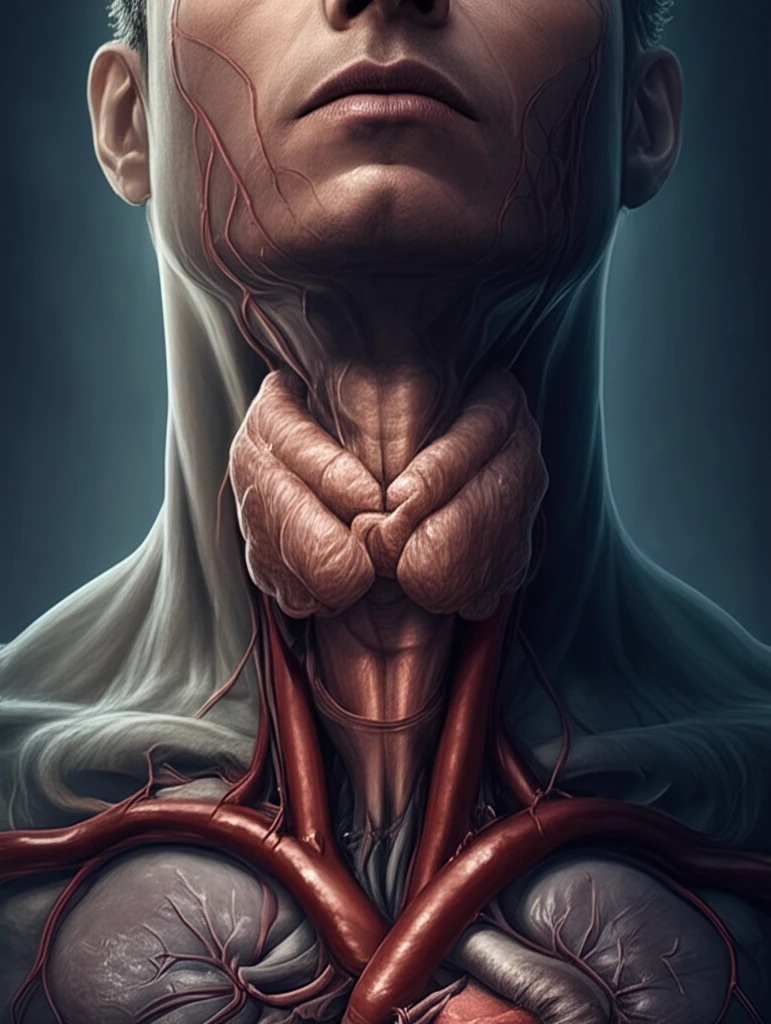
Choking Hazard: How a Hidden Goiter Almost Cut Off This Woman's Air Supply
"A rare case highlights the dangers of retrosternal goiters and the importance of timely intervention to prevent life-threatening complications."
Imagine struggling to breathe, your neck swelling as if something is trying to choke you from the inside. This was the reality for a 50-year-old woman who walked into West Middlesex University Hospital in London. Her symptoms had been worsening for four weeks, leaving her gasping for air.
Doctors noted her neck swelling and performed a Pemberton's sign test. This test involves raising the arms, which, in her case, obstructed the thoracic inlet (the opening at the top of the chest), leading to facial plethora – a flushed, congested appearance of the face. It was clear something serious was happening.
A computed tomography (CT) scan of her neck revealed the shocking truth: a large retrosternal goiter was compressing her superior vena cava (SVCO), the major vein carrying blood from the upper body to the heart. This obstruction was causing her breathing difficulties and other symptoms.
What is a Retrosternal Goiter and Why is it Dangerous?

A goiter, simply put, is an enlargement of the thyroid gland. The thyroid, located in the neck, produces hormones that regulate metabolism. While goiters are often benign, they can cause problems when they grow too large and compress nearby structures.
- Difficulty breathing (dyspnea)
- Swelling of the neck
- Difficulty swallowing (dysphagia)
- Coughing
- Hoarseness
- Superior vena cava syndrome (SVCS)
The Road to Recovery
The woman was treated with 40 mg of prednisolone (a steroid medication to reduce inflammation) and underwent a thyroidectomy to remove the goiter. Histology (microscopic examination) of the removed tissue revealed a 333g benign multi-nodular goiter. After the operation, her symptoms resolved, and she was able to breathe freely again.
